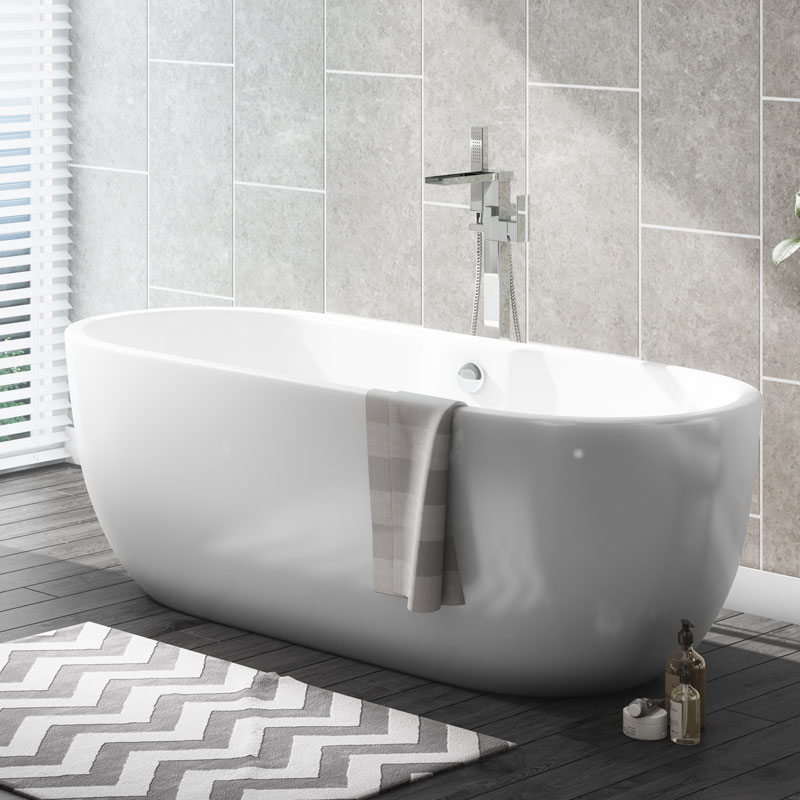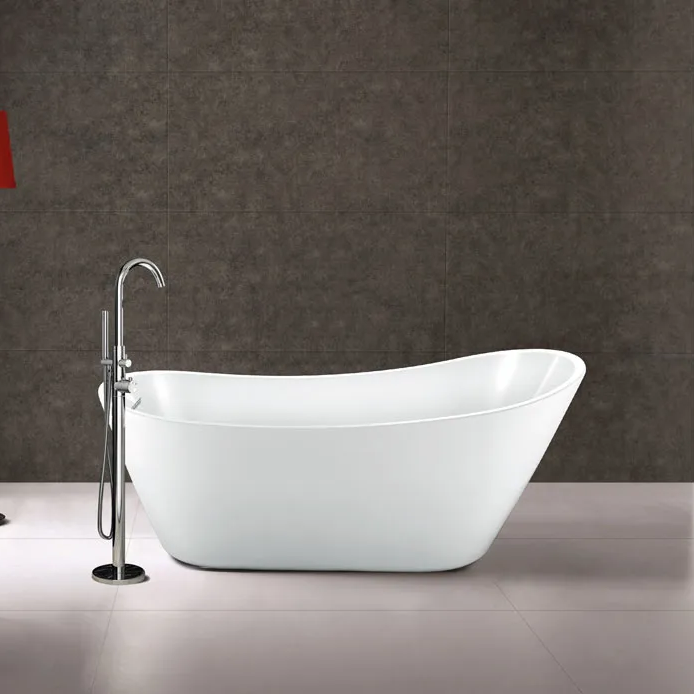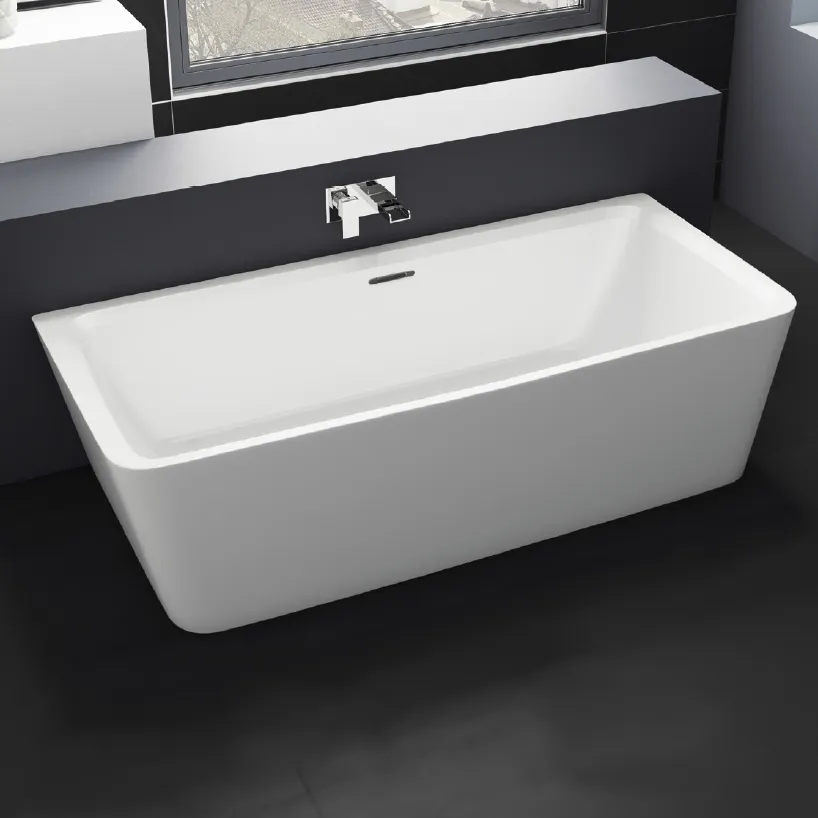Prevent and Remove Mould on Shower Curtains and Enclosures
Prevent and Remove Mould on Shower Curtains and Enclosures - Cleaning
When it comes to removing and preventing mould, shower curtains and enclosures are hard to keep in top condition. Mould is unsightly, but it is also harmful to your health, giving you all the reason you need to remove and prevent it as quickly as possible. Here are a few useful steps and advice on how to prevent and remove mould from shower curtains and enclosures.

When it comes to removing and preventing mould, shower curtains and enclosures are hard to keep in top condition. Mould is unsightly, but it is also harmful to your health, giving you all the reason you need to remove and prevent it as quickly as possible. Here are a few useful steps and advice on how to prevent and remove mould from shower curtains and enclosures.
What is mould?
Mould is a type of fungi which is formed in damp areas that aren’t ventilated well – hence why it is a massive problem for many bathrooms. Mould reproduces by making spores, and can affect your health by causing allergic reactions or aggravating asthma.
Quick tips on preventing mould in shower enclosures and on shower curtains
• Preventing mould from forming is easy – Make it a necessity to clean your shower enclosure/curtain regularly, around once a week.
• Ensure that your bathroom or shower room is well ventilated. You can do this by installing an extractor fan so that the damp humid air is cleared away, or you can open a window during and after a shower.
• If you happen to have any leaking pipes in your bathroom ensure you get them fixed as soon as possible, this will prevent the growth of any extra mould.
• Try to stick to non-porous floor materials such as ceramic tiles; fitting a carpet will increase the chances of mould growth.
• If you find that your bathroom is different to the recommended humidity of around 40-60% a dehumidifier can help to reduce the moisture levels.
• If you are planning on re-decorating your bathroom before putting on the new lick of paint add a mould inhibitor to the paint, this will help to prevent mould from forming.
Removing mould from shower curtains
These tips apply especially to vinyl shower curtains.
1. Turn on your washing machine and add half a cup on bleach into the dispenser. To this you should also add a quarter cup of your regular detergent to the wash.
2. Select the “delicate” setting on your washing machine and let the water run for around two minutes. This allows the bleach to dilute properly before you submerge your shower curtain.
3. Add a couple of towels and the shower curtain into the wash. Adding towels will protect the curtain and prevent it from creasing.
4. Once the wash has finished, put the shower curtain and towels into the dryer for ten minutes. Once this has finished put it outside to air dry, and then return it to its original place in the bathroom. Make sure the curtain is placed freely with little folds and creases, this way it won’t crinkle.
Removing mould from shower enclosures
An effective way to get rid of mould in your shower enclosure is to use a mixture of bleach and water.
1. Make sure you have some rubber gloves and your bathroom is sufficiently ventilated.
2. Mix one part water and one part bleach and simply apply to the affected area. The best way to do this is to use a spray bottle, that way the liquid can be sprayed in the specific places and left to soak.
3. Leave this for approximately 15 minutes and rinse clean afterwards.
4. This process can be repeated if necessary.
Alternatively, you can purchase cleaning sprays that are specifically designed to remove mould in a shower enclosure. Before you use these cleaning sprays make sure that you read the manufacturers guidelines to ensure an efficient and safe use. With a mould spray you just simply need to spray the affected area and leave for the required time and then rinse with water.
If you happen to notice mould growing on your shower curtain or enclosure, make sure you inspect the rest of your bathroom. In some cases, the appearance of mildew or mould on a surface can indicate a larger mould problem elsewhere.




